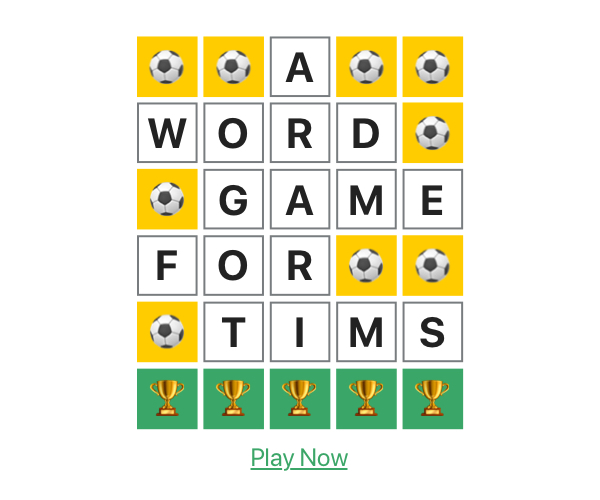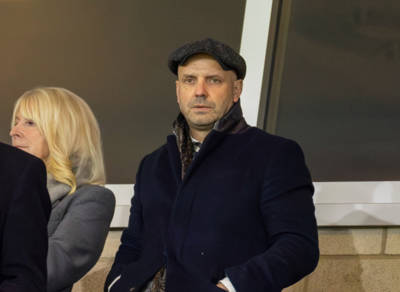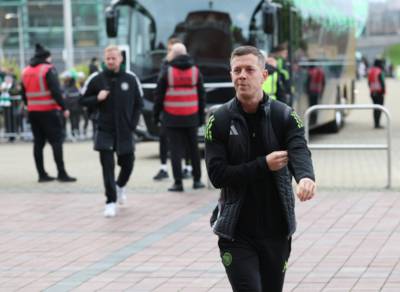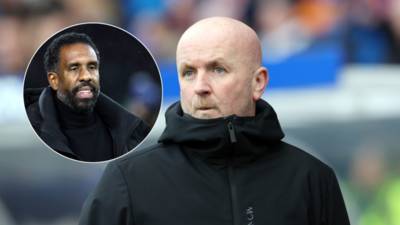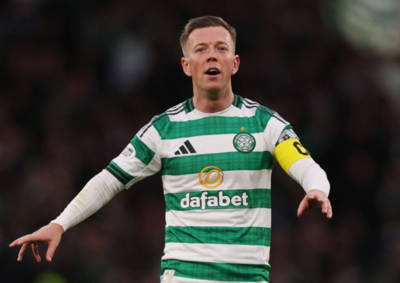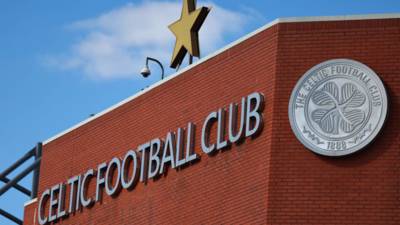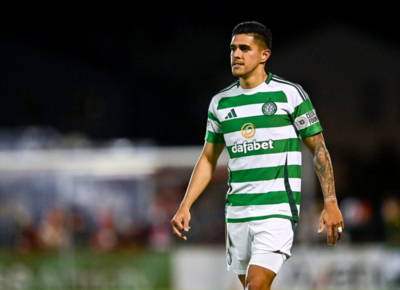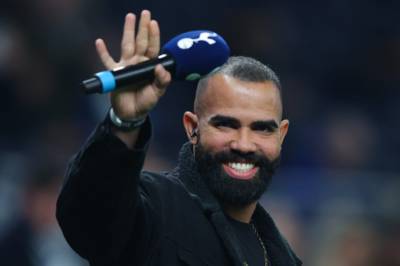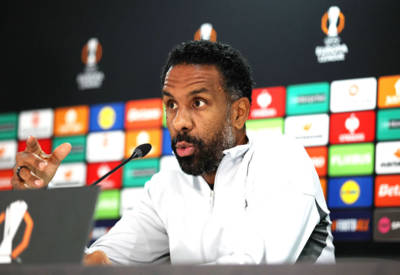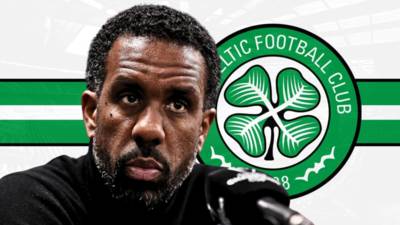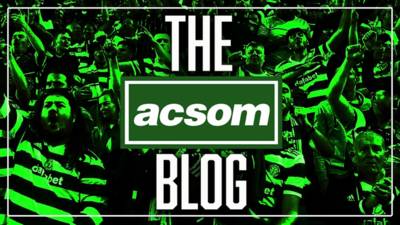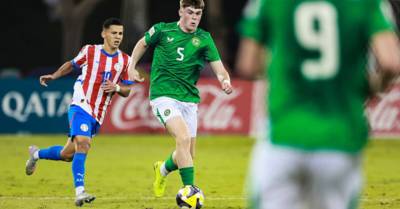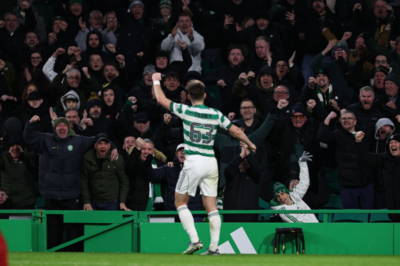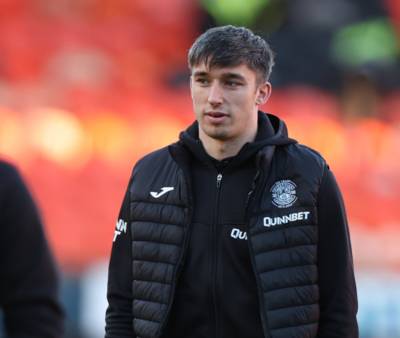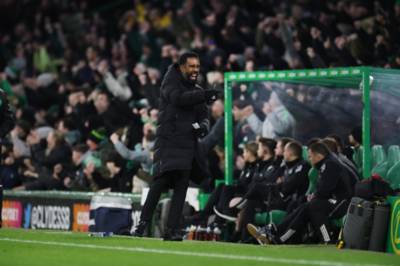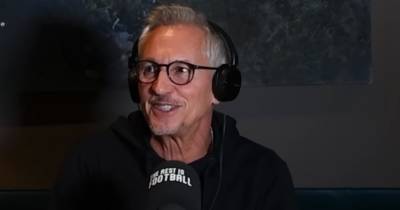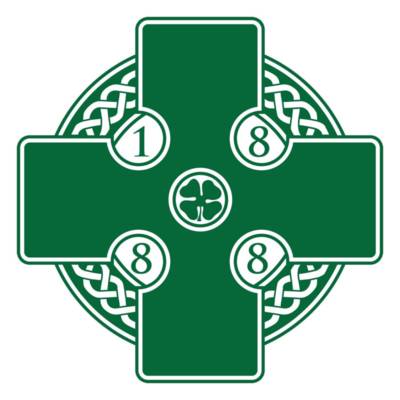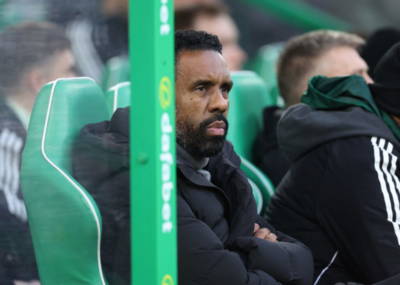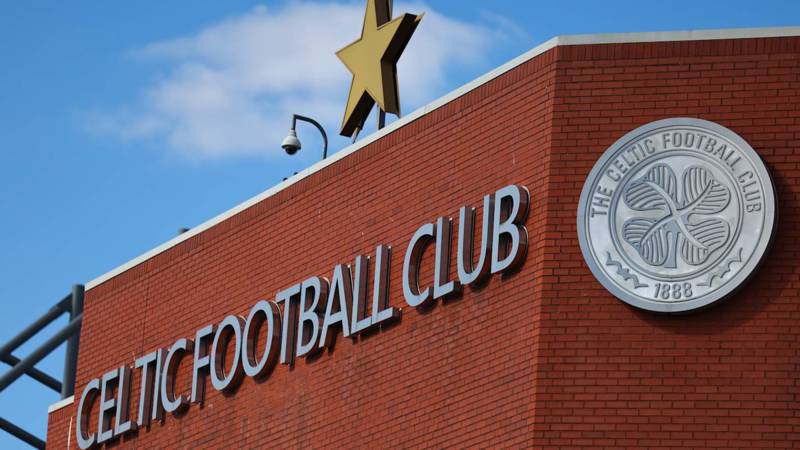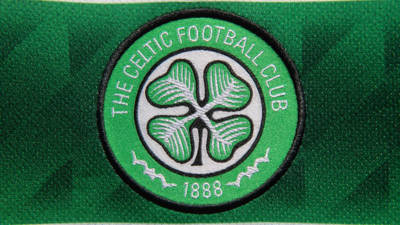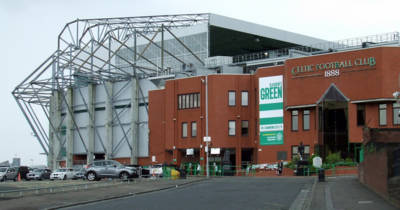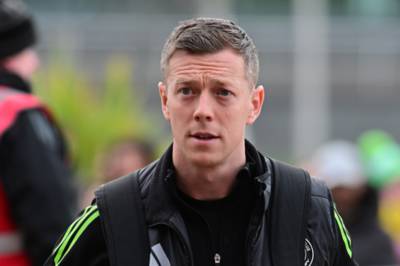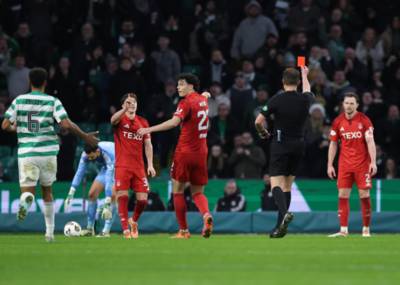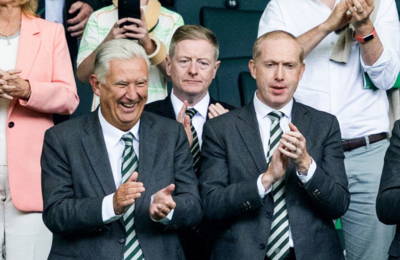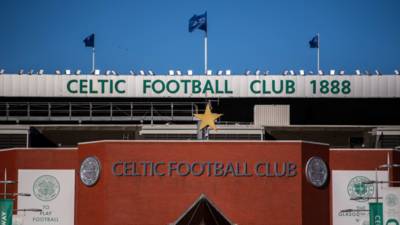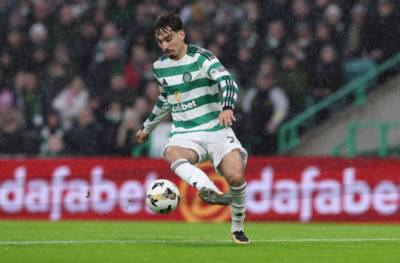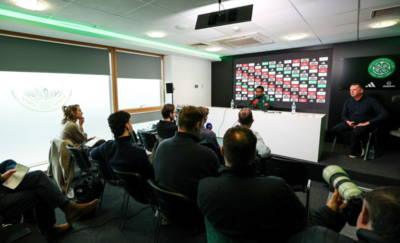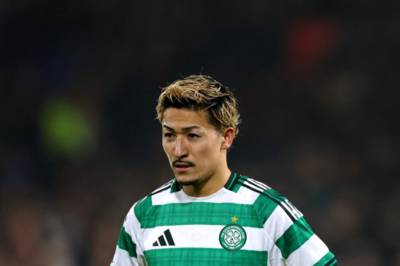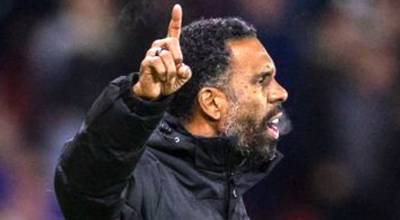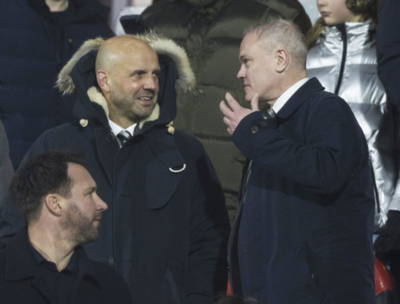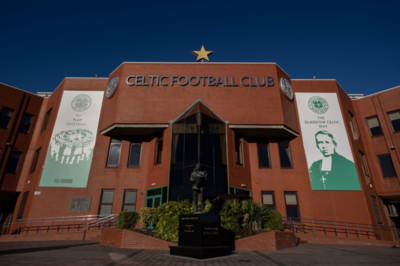There was an undoubted irony in Chris Sutton turning his nose up once again at St Mirren’s apparent hoof-ball tactics that he “wouldn’t pay to watch”. Sutton made a largely successful career out of being a physical target man, a striker who would often give the appearance that he was wearing roller skates rather than football boots as he careered into defenders, barging them out of the way before sending another header towards goal. There was little guile or subtlety about how the former Celtic frontman went about his business but it was undoubtedly effective as his goals record and the ribs of the poor folk sent out to try to mark him could undoubtedly testify. That hinterland makes it something of a mystery, then, that the Sky Sports pundit can watch St Mirren under Stephen Robinson and consider their attacking methods to be of similar to his own dodgem-without-any-brakes abrasive style of play. “They lump it” was Sutton’s latest lazy take following Saints’ first league win of the season away to Falkirk at the weekend. After three-and-a-half years, if people still think this is what Robbo-ball represents then they’re clearly not paying enough attention. That there is a common theme running through much of Robinson’s recruitment can’t be denied. Most of his players are tall – usually 6ft at least – and athletic, capable of pressing even the most durable of opponents for 90 minutes until they are virtually screaming for mercy. To conflate that strength and indefatigability, however, with an overly physical and robust approach is to do St Mirren an enormous disservice. Take the strike pairing that started in Falkirk on Saturday, Mika Mandron and Jonah Ayunga. Yes, both are relatively tall and rangy and Mandron did score with a header to all but clinch the victory. But neither are old-fashioned, up-and-at-‘em rambunctious strikers like Sutton was in his heyday.St Mirren aren’t fielding the modern-day equivalent of Duncan Ferguson or Joe Jordan in attack. This isn’t even Derek McInnes’ Kilmarnock side of recent years when Marley Watkins and Kyle Vassell would torment defenders with their all-out aggressive playing style where you could have taken the ball away without making a significant difference. This isn’t what St Mirren are doing at all. In fact, the goal they conceded to Falkirk on Saturday – a header from the evergreen Brian Graham – was more of the type of long hanging cross to a big man football Sutton seems to now sneer at. Both Mandron and Ayunga prefer the ball into feet, as was also the case with St Mirren’s former striker Toyosi Olusanya who had pace to burn but who you wouldn’t fancy to win too many physical duels in the air. Last season’s statistics bear that out. According to Transfermarkt, Celtic led the way with 16 headed goals in the Premiership. Dundee United were next on 15, followed by Hibs, Motherwell, Dundee, Hearts and Aberdeen. St Mirren were down in eighth spot with just six headed goals out of a total of the league. Those numbers say at all. Robinson, it’s fair to say, does like the ball to go quickly into the opposition’s third. But it’s done largely through controlled passing, the three central defenders asked to work it wide quickly to the wingbacks who will then often send searching passes down the line for one of the forwards to chase. In an era when teams are applauded for “possession-based football” – playing an inordinate amount of safe, non-penetrative passes between their defence and a defensive midfielder without gaining a single metre of territory – it seems ridiculous to be sniffy about a team realising that it is far more effective to have the ball close to the opposition’s goal rather than your own. Look at the goal St Mirren scored recently against Rangers as a case in point – two precision long-range passes and then Ayunga using his pace and composure to finish well. This is what they do so well. When they do lose possession they don’t waste any time in trying to get it back. There can’t be many harder working midfielders in Scotland than Killian Phillips who takes every turnover like a personal affront. Mark O’Hara, Keanu Baccus and others do likewise. This is not a team ever allowed to get its breath back, rather a hard-working unit cast in the image of its manager who is a blur of perpetual motion on the touchline every matchday. Plus it is successful, too. Even Sutton, grudgingly, admitted as much. To reach the top six for three successive seasons – only Rangers and Celtic did likewise – on a budget the fraction of the city clubs and with a relatively high turnover of playing squad deserves to be shouted from the rooftops, not derided. This summer the likes of Zach Heming, Richard Taylor, Caolan Boyd-Munce and Olusanya have moved on and Robinson, who lost his key talent spotter, Martin Foyle, has managed to replace them like-with-like with Shamal George, Miguel Freckleton, Richard King, Baccus and Dan Nlundulu, among others. It is an ever-evolving cast list but the manager’s methods remain the same. As Kris Boyd replied to Sutton on Sky, it is disrespectful to Robinson to diminish what he has achieved. St Mirren are far from the one-dimensional, long ball merchants he seems to think they are. Their fans would happily watch this “horrible football” for many more years to come.
St Mirren “lump it” and horrible to watch? Chris Sutton’s not paying enough attention
Herald Scotland · Sep 15
St Mirren “lump it” and horrible to watch? Chris Sutton’s not paying enough attention

St Mirren “lump it” and horrible to watch? Chris Sutton’s not paying enough attention
Read Next: Returning to the past could allow Celtic to build for the future



